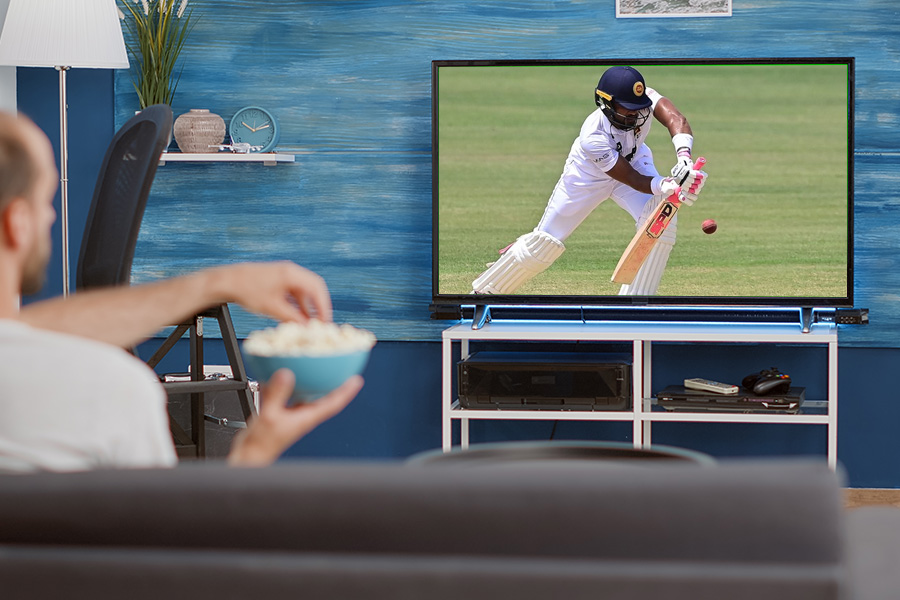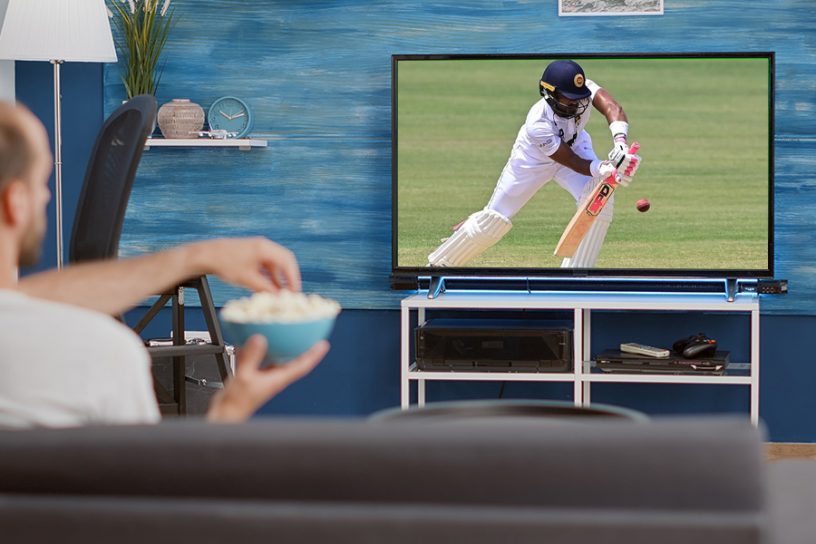
The focus of both Indian sports organizations/federation organisations and broadcasters is to expand their events to a broadest possible audience in India, including those demographical groups and regions that may previously have been ignored, with continuing growth in TV penetration and internet access across the country.
Author
Subhrajit Chanda, Assistant Professor, Jindal Global Law School, O.P. Jindal Global University, Sonipat, Haryana, India.
Summary
The Indian sport broadcasting environment has developed dramatically over the previous quarter-century, and it has risen to become one of the world’s major sports broadcasting markets. The growth of television, cell phone and internet technologies among Indians would not come as a surprise. It is estimated that over 780 million Indians in India have access to TV and 183 million have own or TV channels. In addition, it is estimated that India has just approved the internet mark for 500 million customers. The radio was the principal tool and the radio, the major medium, for remotely monitoring and keeping sporting activities up to date before the arrival of the TV age.
While it is difficult for the young urban inhabitants of today in this digital era to understand, enthusiastic sport fans of a certain vintage may recall radio tuning at peculiar times and listening to comments from a match with their favourite stars in some remote areas from the world.
As television availability, penetration and other issues, such as cost affordability and lack of regular power supply, were widely distributed in India, especially in rural regions, radio was the major instrument that permitted live sports for Indian sport lovers for decades.
The focus of both Indian sports organizations/federation organisations and broadcasters is to expand their events to a broadest possible audience in India, including those demographical groups and regions that may previously have been ignored, with continuing growth in TV penetration and internet access across the country.
In this regard, it must be noted that several Indian sports broadcasters have tried, in order to extend the viewership in these regions, to diversify the availability of live sports streams with comments and coverage in vernacular languages from the south and east.
In addition, licensing arrangements between broadcasters and mobile television and over-the-top service providers may potentially allow for broader distribution of live and on-demand sport content through these providers’ mobile and digital services, thereby increasing the audience’s reach and involvement as smart phones are slowly becoming an essential and preferred “screen.”
Published in: Book: Sports and Entertainment Law (pp.66 to 75), Taxmann
To know more about the book, please click here.


